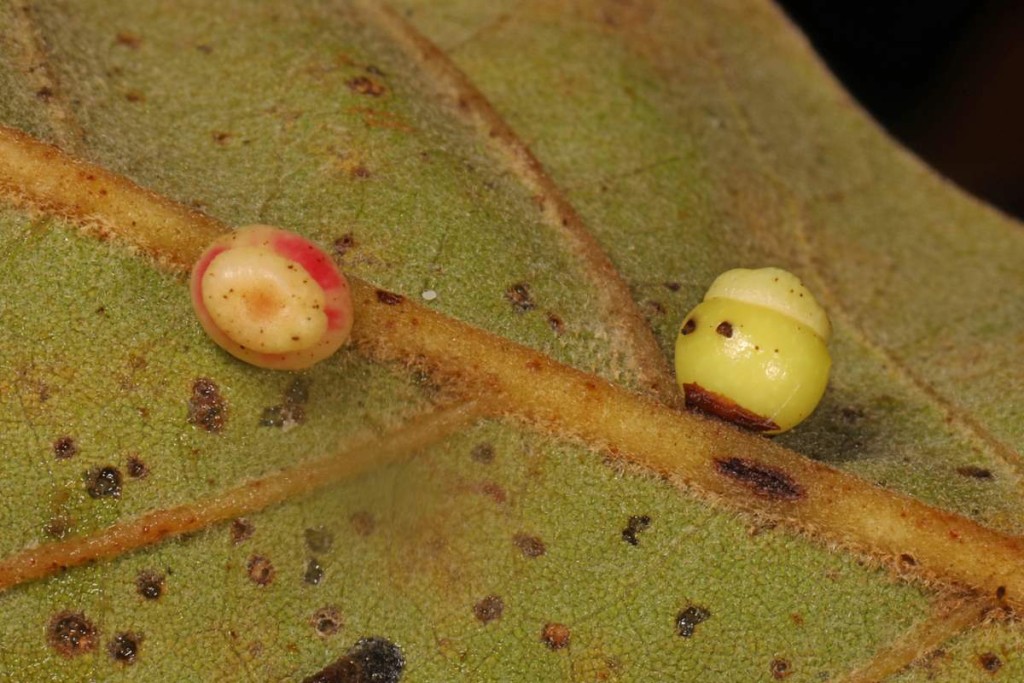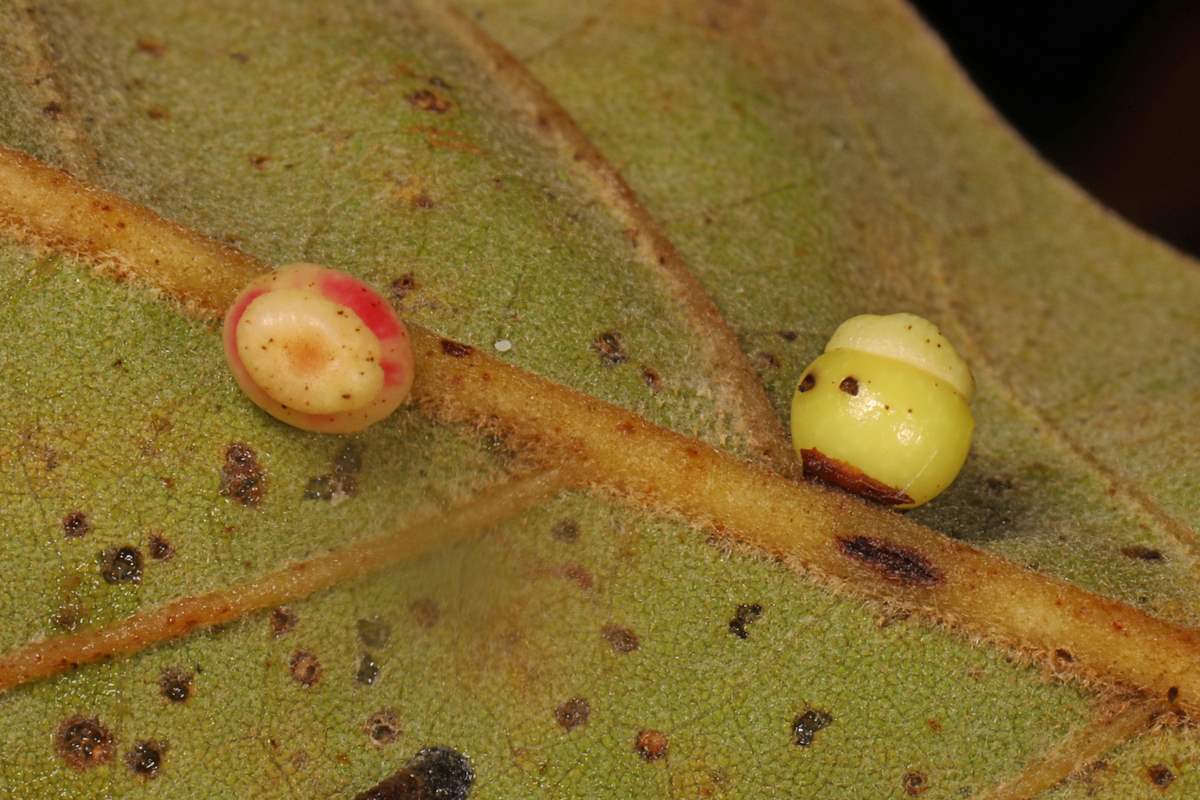
2 years ago, little Hugo Deans from Pennsylvania found some red-colored seeds on the ground by an ant’s nest in his backyard.
Hugo was excited—he didn’t know ants collected seeds, and his excitement grew when he showed his father Andrew, an entomologist at Penn State, who didn’t know they did either.
The two bug enthusiasts didn’t know it at the time, but Hugo’s discovery was to prime a canvas on which was to be painted a scientific discovery of dramatic complexity—a co-dependent relationship between oaks, ants, and wasps that highlights the incredible interconnectedness of our planet.
The discovery connects two separate plant-insect relationships, the first being cynipid wasp species inducing oak trees to create “galls” or small protective bubbles of leaf matter, around their eggs which they lay on the leaves—a clever trick that saves the wasp the hassle of nest-guarding.
The second is a phenomenon called myrmecochory, or seed dispersal by ants. Certain wild North American plants produce edible appendages on their seeds which attract ants who, in turn, bring the seeds back to their nests where they can germinate in safety.
What Hugo found, and Andrew recently elaborated in the journal American Naturalist, is that these two behaviors were linked, and that the Godfather-like wasps were not only manipulating the oaks, but the ants as well.
“First, we observed that, while these galls normally contain a fleshy pale-pink ‘cap,’ the galls near the ant nest did not have these caps, suggesting that maybe they were eaten by the ants,” Andrew Deans told Penn State press.
“Ultimately, this led us to discover that gall wasps are manipulating oaks to produce galls, and then taking another step and manipulating ants to retrieve the galls to their nests, where the wasp larvae may be protected from gall predators or receive other benefits. This multi-layered interaction is mind-blowing; it’s almost hard to wrap your mind around it.”
Among the experiments that supported this hypothesis was the introduction of ants to galls as food choices. The oak galls come in two parts, the squishy gall body, and a “kapello”—Greek for “cap.”
SIMILAR NEWS: Yale Honors Work of 9-Year-Old Girl Who is Stomping Out Extremely Invasive Bugs in New Jersey
The ants showed an interest in the kapellos, and the gall body + kapello, but showed none in a third choice containing just the gall body.
Why is this? Well, a colleague of Deans, John Tooker, also a professor of entomology, found that the kapellos contain fatty acids that mimic the dietary composition of dead insects, a scavenging ant’s most common prey.
MORE KIDS AND SCIENCE: College Kids Prepare to Send the First Private Lunar Rover to the Moon
“The fatty acids that are abundant in gall caps and eliosomes seem to be mimicking dead insects,” said Tooker. “Ants are scavengers that are out trying to find and grab anything that’s suitable to bring back to their colony, so it’s not an accident that the gall caps and the elaiosomes both have fatty acids typical of dead insects.”
Oak galls are so plentiful in American broadleaf forests that they were once used to fatten livestock. This led the team to hypothesize that ants began collecting them for the caps, and then other North American plants like bloodroot, which produce the “eliosome” interaction of seeds with edible appendages, evolved to take advantage of ants’ already-established behavior to pick up seed-sized fatty-acid-rich objects.
KIDS AND BUGS: Once Bullied For Her Love Of Bugs, 8-Year-old Co-Authors Scientific Paper
As to when the wasp entered the picture, that is something that the team, equipped with a new study grant, will continue working on. Hugo, now 10 years old, is proud he was able to contribute to such an important advancement.
“I bet other kids have made similar discoveries but never knew how important they might be,” Hugo said. “I feel really happy and proud to know I was part of an important scientific discovery. It’s weird to think just some ants collecting what I thought were seeds was actually an important scientific breakthrough.”
You can watch an animation of this remarkable multi-species interaction here on the Penn State University Press website.
SHARE Hugo And His Dad’s Great Discovery With Nature Lovers…




















